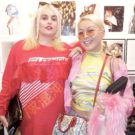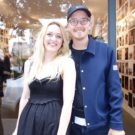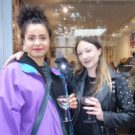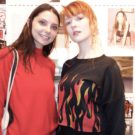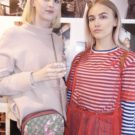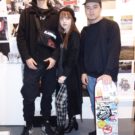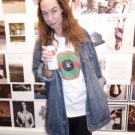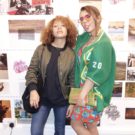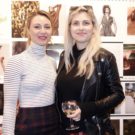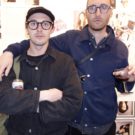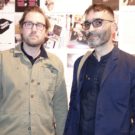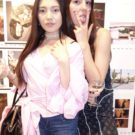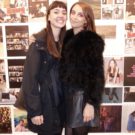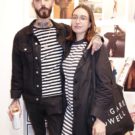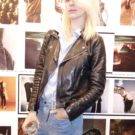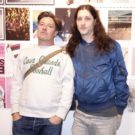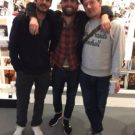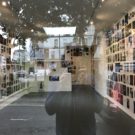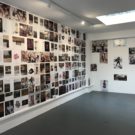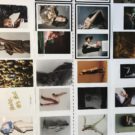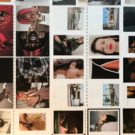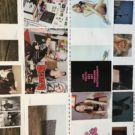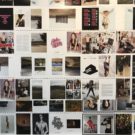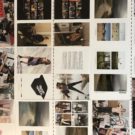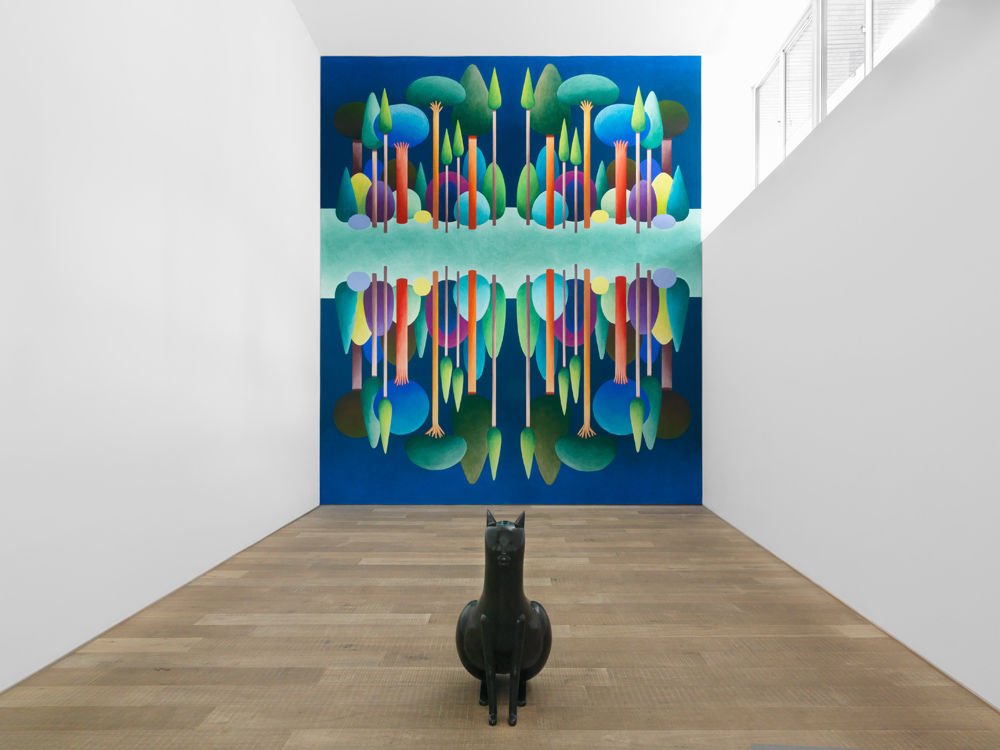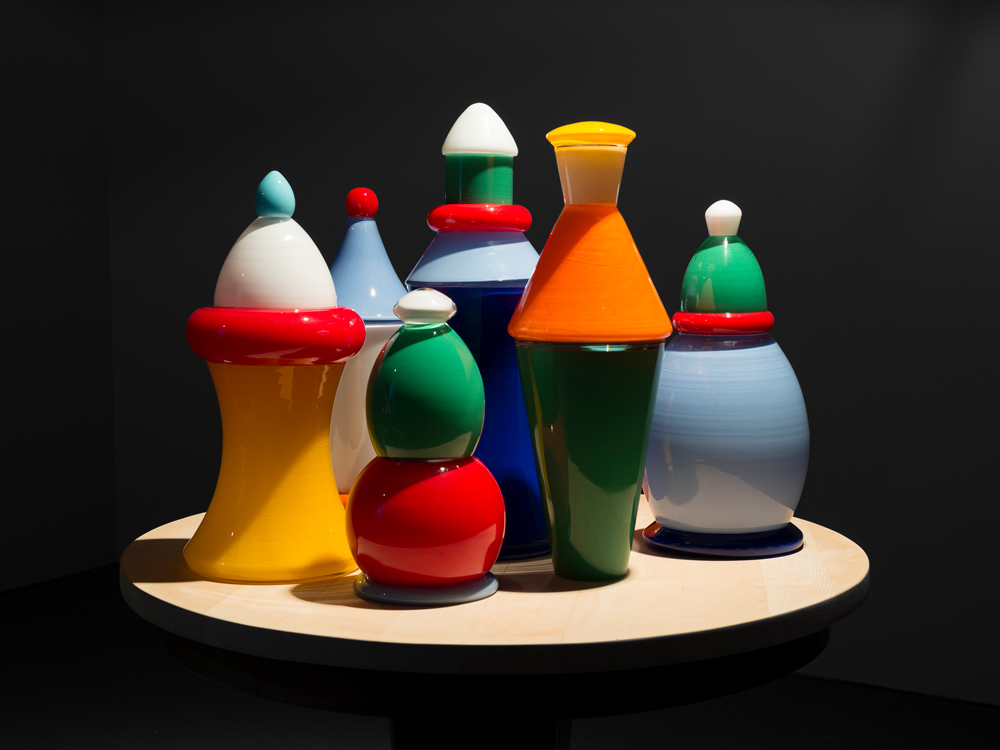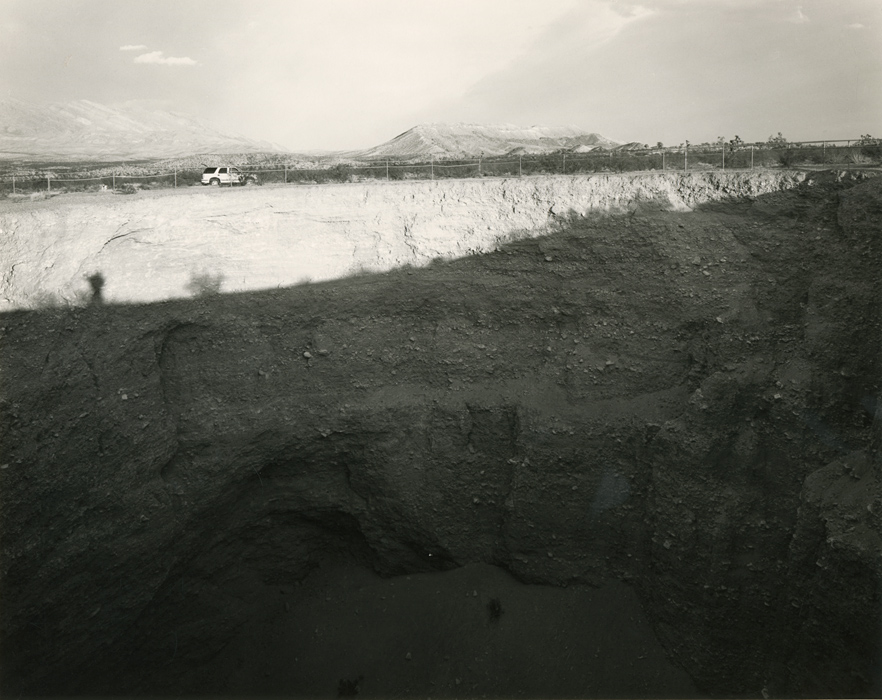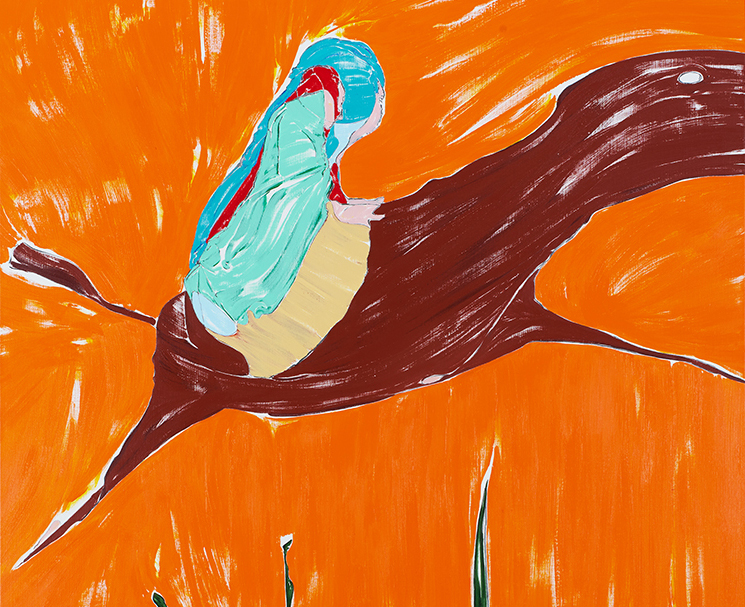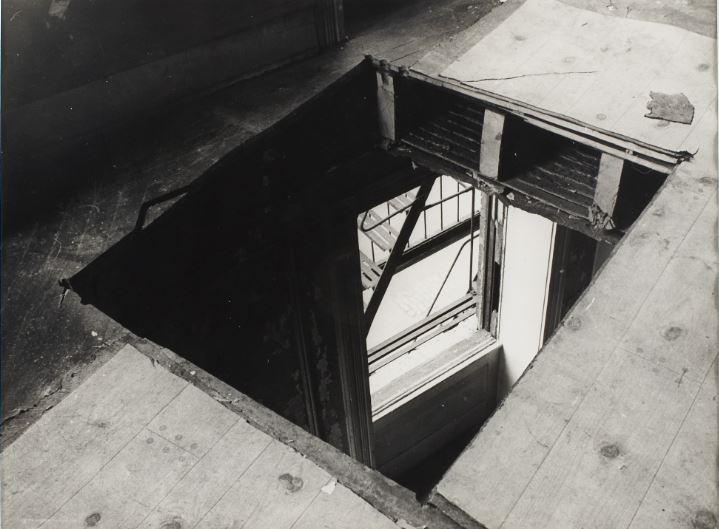NICOLAS PARTY – THREE SEASONS
2017-06-05Swiss artist Nicolas Party has executed two site-specific murals that transform the interior while creating a singular environment for a recent group of large-scale pictures and bronze sculptures. Working exclusively in vivid, highly-pigmented chalk pastels – either directly on the walls or primed canvases – Party invites us to rediscover this once popular but now often neglected medium. Respectful of the traditions that precede him on the one hand, but radically extending them on the other, the artist’s handling of the medium is anything but academic. Here, all associations with drawing, delicacy and fragility have been supplanted by a fresh, graphic sensibility and a technique more akin to painting. Unlike paint, however, pastels are blended directly upon the support: a task that requires great exactitude and foresight.
While the popularity of pastels has waxed and waned over the centuries, their physical properties remain unchanged. From a seventeenth-century portrait to an Impressionist landscape, up to and including Party’s contemporary iterations, works in pastel are distinguished by a single unique quality: their luminosity. The velvety, seductive glow is caused by the myriad facets of loosely bound mineral powder scattering and diffusing light across the surface of the work. But whereas pastels were historically prized for the life-like flush they lent to portraits, or utilised for their ability to convey atmosphere and mood, Party veers in completely the opposite direction and uses them to create a coruscating artificiality. The intense colours are also specific to the medium, which is manufactured from a surprisingly small range of pigments (typically those used for oil paints) and different amounts of filler. This allows the production of innumerable tints with only the subtlest of variations. Party can consequently work in gradations of tone rather than in colour mixtures, thereby attaining a dazzling brilliance.
Exhibition runs through to July 15th, 2017
Xavier Hufkens
107 rue St-Georges | St-Jorisstraat
B – 1050 Brussels
Belgium
